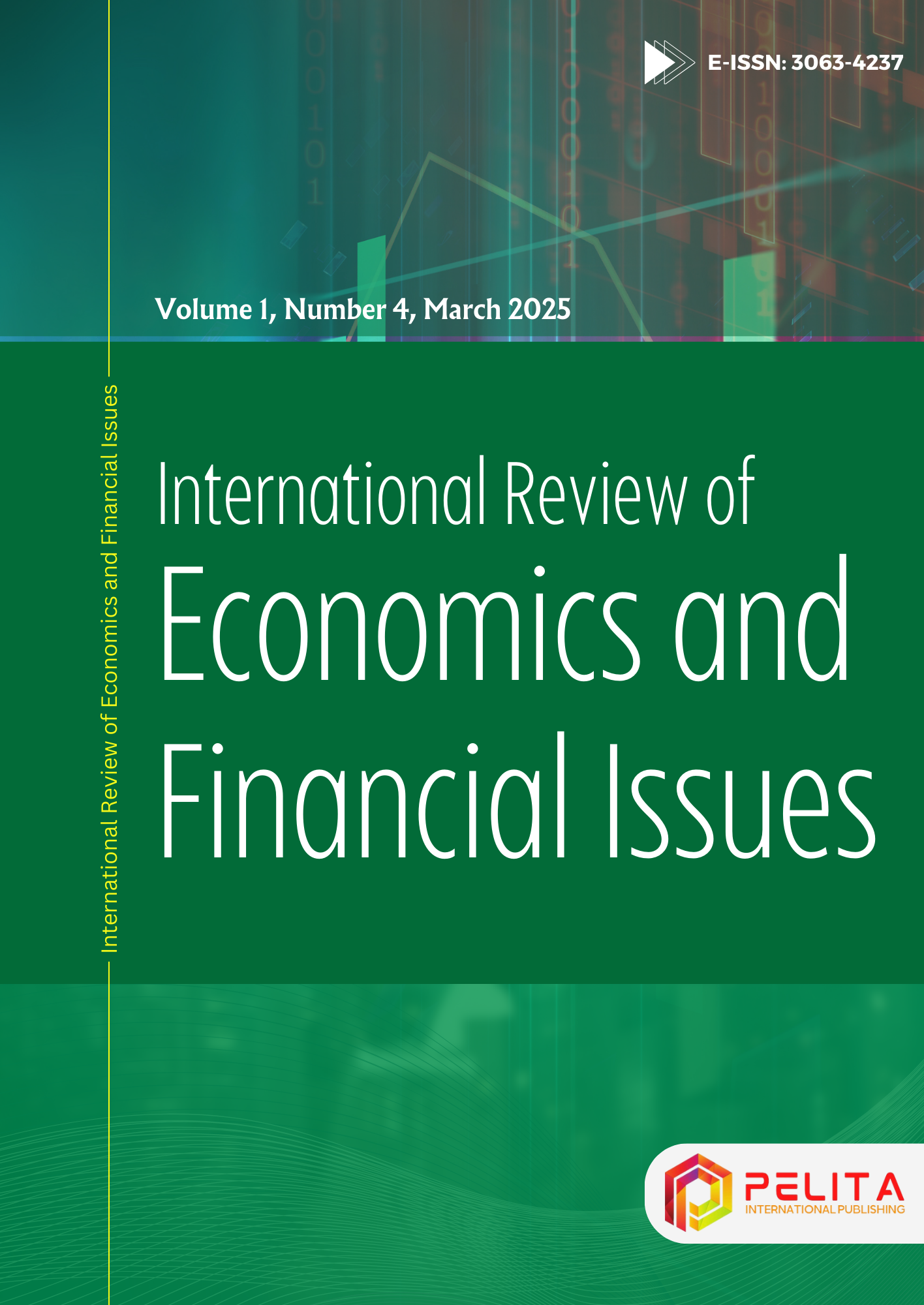Abstract
This study aims to examine the influence of liquidity ratios, solvency ratios, and activity ratios on return on equity (ROE) in Bank Syariah Indonesia during the 2019–2023 period. The research employs a purposive sampling technique, selecting Islamic commercial banks that meet specific criteria: not delisted during the 2019–2023 period, maintaining positive financial reports, and publishing complete financial statements throughout the study period. Multiple linear regression analysis is utilized, along with hypothesis testing using t-statistics to assess partial regression coefficients and F-statistics for simultaneous regression coefficients. Classical assumption tests are also conducted to ensure data validity. The findings reveal that all variables pass the classical assumption tests, confirming their suitability for analysis. The t-test results show that the liquidity ratio has a significant positive effect on ROE, the solvency ratio has a significant negative effect on ROE, and the activity ratio has a significant positive effect on ROE. Furthermore, the F-test indicates that liquidity, solvency, and activity ratios collectively have a significant effect on ROE. These findings provide valuable insights for investors seeking financial report information to guide investment decisions.
Keywords:
Liquidity ratio solvency ratio activity ratio return on equity Islamic banksLicense
Copyright (c) 2025 Cut Deby Laurancya, Irma Liani, Rahmayati, Murni

This work is licensed under a Creative Commons Attribution 4.0 International License.
You are free to:
- Share — copy and redistribute the material in any medium or format for any purpose, even commercially.
- Adapt — remix, transform, and build upon the material for any purpose, even commercially.
The licensor cannot revoke these freedoms as long as you follow the license terms.
Under the following terms:
- Attribution — You must give appropriate credit, provide a link to the license, and indicate if changes were made. You may do so in any reasonable manner, but not in any way that suggests the licensor endorses you or your use.
- No additional restrictions — You may not apply legal terms or technological measures that legally restrict others from doing anything the license permits.
Notices:
You do not have to comply with the license for elements of the material in the public domain or where your use is permitted by an applicable exception or limitation.
No warranties are given. The license may not give you all of the permissions necessary for your intended use. For example, other rights such as publicity, privacy, or moral rights may limit how you use the material.






